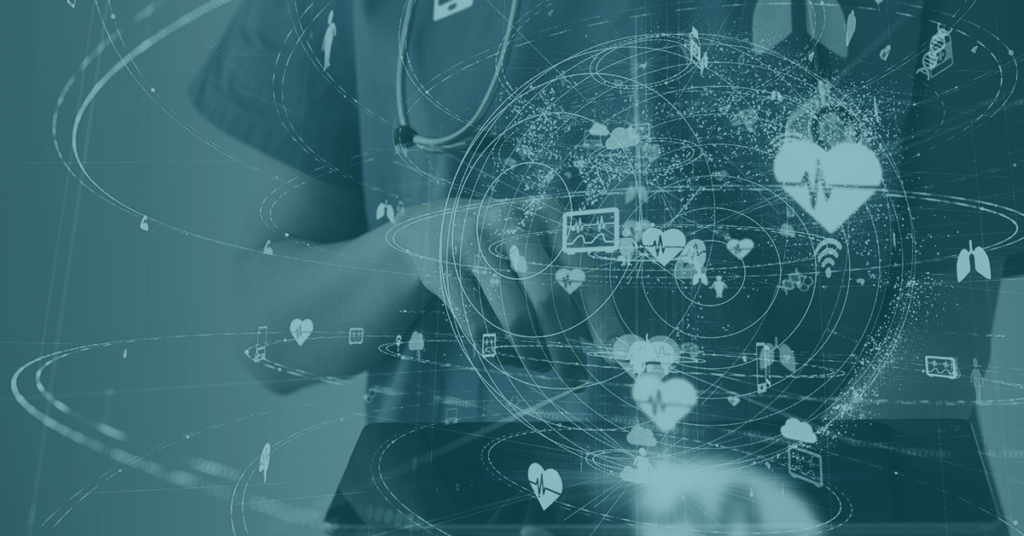The Healthcare Cyber Threat Landscape
Organizations across the healthcare and public health sector—from hospitals, clinics, and pharmaceutical companies to telehealth vendors and medical equipment manufacturers—house a wealth of highly sensitive information, including patient data, treatment documentation, and financial records linked to patient insurance.
This makes them primary targets of threat actors who seek to steal data or network access then leverage it for profit on illicit communities or via an extortion campaign, for instance. Compounding this is the digitization of records and a reliance on third-party software, whose growth will almost certainly align with a continuous rise in the number and severity of attacks.
If successful, these cyber threats stand to increase delivery costs, affect patient outcomes, and directly impact the healthcare system’s ability to care for the patients who depend on it. Sometimes, it can be a matter of life and death.
It’s crucial for organizations in the healthcare and public health sector to gain an awareness of their risk apertures and implement the right threat intelligence tools that enable them to quickly identify, mitigate, and prevent cyber attacks. In our latest report, Top 5 Threats to the Healthcare and Public Health Sector in 2022, we detail our top five cyber threats across the industry while providing tips on how organizations can better defend their assets, customers, and stakeholders from the attacks.
Top 5 threats to the healthcare and public health sector in 2022
- Fraud. The healthcare sector is rife with highly sensitive data. Packaged and sold as medical fullz, this data could enable a threat actor to pursue and exploit a variety of illegal avenues by leveraging identity fraud.
- Data breaches and vulnerabilities. Healthcare is the most-breached sector of all, as threat actors gained access to more than 22 billion records last year alone.
- Third-party risk. The cloud threat landscape is most commonly plagued with well-known misconfigurations like weak or nonexistent password protections, which threat actors are keen to exploit.
- Ransomware. Without complete access to patient records and other highly sensitive medical information, hospitals can be severely impeded from treating patients and may need to transfer clients to other medical facilities.
- Insider threat. A burgeoning threat vector, insider threats in the healthcare sector have the attention of the US government, which is clamping down on COVID-19-related fraud schemes, for one.
For a full view into these threats, download our full report.


